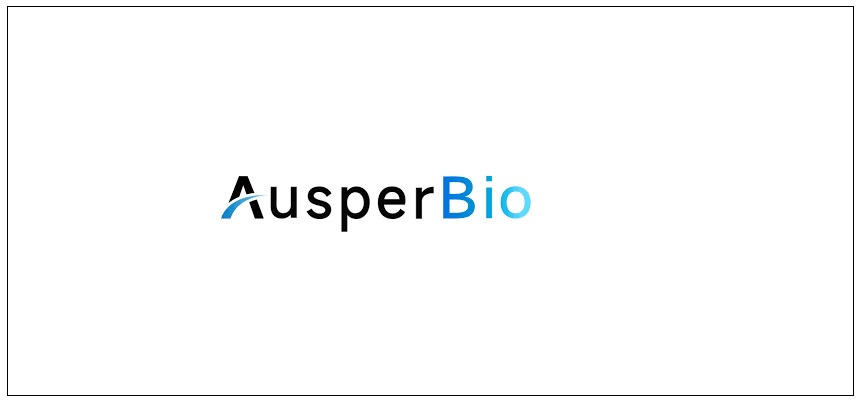Search Complete to Reverse Alzheimer's Disease Impact
Researchers find possible solutions to reverse Alzheimer's Disease impact
Overview
University of North Carolina at Chapel Hill researchers have developed a new drug delivery platform that harnesses helical amyloid fibers designed to untwist and release drugs in response to body temperatures.
A new research paper published on Jan. 26 in Nature Communications reveals groundbreaking structural details into how diseases form much like Alzheimer's disease. With this knowledge, the group may have uncovered a unique mechanism to reverse both the deposits and their impact on those suffering from these conditions.
The Invedtgation
• UNC-Chapel Hill researcher Ronit Freeman is leading a research group with investigators from the Lynn lab at Emory University looked at the core beta amyloid-42 peptide, the key portion driving amyloid plaque assembly and deposits in the brains of patients with Alzheimer's disease.
• By creating synthetic variations of the peptide in the lab, they were able to discover how to control the way that these molecules assemble and twist.
Power of Amyloid Materials
• "The ability of these amyloid materials to be untwisted and degraded highlights potential for treatments modifying and subsequently reversing plaques found in Alzheimer’s, and other neurodegenerative diseases," said Freeman.
• "We know that the direction of the amyloid fibril twists is associated with different disease progression states. Imagine that by a simple treatment, we could modify amyloids to change their shape and disappear - this is what our discovery might enable us to do in the future."
How Peptides Work
• Using advanced spectroscopic techniques, the researchers probed how individual peptides interact, revealing information about assembly rates, distances between peptides, peptide alignment, and importantly the direction of twist.
• High-resolution electron and fluorescent microscopy were used to characterize the morphology of the materials at different temperatures.
Peptide Structure and Its Work
• The investigators identified that the N-terminal domain of the peptide is important for programming the shape of the assembly such as tubes, ribbons, or fibers, while C-terminal modifications direct either a left- or right-handed twist within the material.
• Using these design rules, a series of peptides were tuned to switch on-demand between left-handed and right-handed twisted ribbons in response to changing temperatures.
• This twist inversion then renders the material susceptible to degradation by natural proteins, a desirable feature for materials used as delivery vehicles.

Optimize Your trial insights with Clival Database.
Are you exhausted from the uncertainty of trial insights pricing? Clival Database ensures the clarity in the midst of the global scenario for clinical trials to you.Clival Database is one of the best databases that offers an outstanding number of clinical trial data in terms of 50,000+ molecules and from primary regulatory markets as well as new entrants like Indian and Chinese markets.
With Clival, you get accurate positioning of historical sales data, patent database, company profiling, safety & efficacy, and prediction of launch of new innovative molecules helping you to align your research and driving down the cost.
To add value, we further break down our analytics for you so that improving your operational effectiveness; optimizing your clinical trials; and offering you accurate and high-quality data at lowest possible prices becomes possible.
Elevate your trial success rate with the cutting-edge insights from Clival database.
Check it out today and make more informed sourcing decisions! Learn More!

.png)





